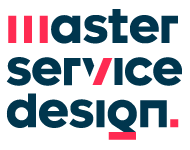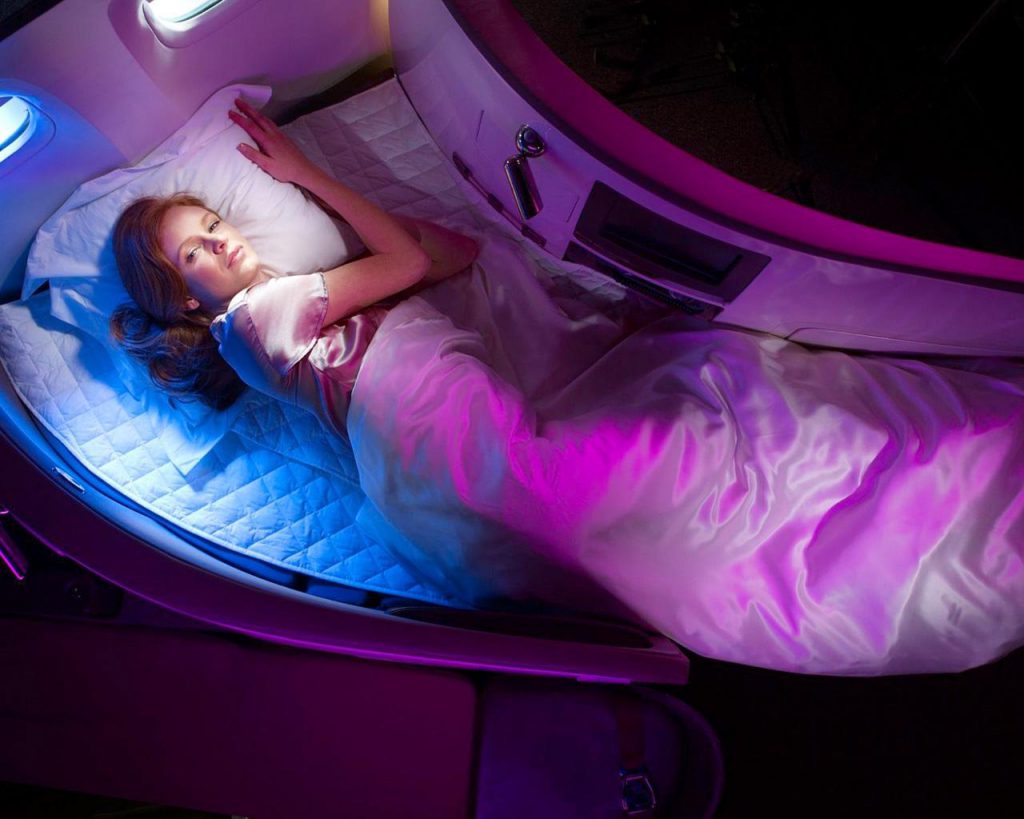In the recent Service Design + Tourism Conference Simon Bradley, Vice President of Marketing for Virgin Atlantic Airways North America was invited as a speaker at the conference, and he discussed how Virgin handles innovation and how the product – innovation gap is closing and the new service/experience innovation is what’s coming… This led me to take a deeper look at Virgin’s design culture, for which I provide you with a summary of the relationship between Virgin and Design.The design team in Virgin includes interior designers, architects, industrial designers and product designers; and they work closely with the company’s brand design team and with external design consultancy firms to develop the final solution for a project; which in return makes sure that the creative side of the in-house team is constantly invigorated, like with Engine for redesigning Heathrow London’s Terminal 3 to re-invigorate their customers’ service experiences pre- and post- flight..
The department success has even resulted as a direct source of revenue for the company for the very first time in history, by licensing the development of the “Upper Class Suite” seating design for the business class (aside from providing Virgin a market share increase of 2%, representing £50 million annually).
Service Design is the newest function to be integrated into the department, they will be responsible for developing all aspects of the customer service experience and for ensuring that customer-facing staff throughout the organization adopt and follow the correct procedures., working together with the company’s crew management as well as the human resources department to ensure that new offerings are accepted, integrated and delivered successfully. The company employs just over 9,000 people, from which 4,300 are crew members.
Virgin Atlantic Airways has a company-wide project management system that is used for all significant projects, including design activities. It does not, however constitute a design process, merely a way of ensuring that projects progress within time and budgetary constraints. It does not have a formal structure but it does follow three consecutive stages with certain milestones in each one:
- Research & Development: it starts with a “Product Challenge” where ideas are kept as fluid as possible, having little direct communication between third parties to allow them to use their creative capabilities to the full, it then moves into the “Opportunity Identifier” stage in which project ideas are evaluated based on commercial awareness and KPIs (both tangible and intangible: customer satisfaction, return on investment) and budgets and timelines begin to be set and risks assessed; for the project to be taken into consideration, usually a fully developed mock-up design and a Detailed Design Specification are needed, and the case is built in a dialogue between the design team an the business unit in charge of the project (to involve all stakeholders and committing them to the execution of it).
- Design Development: the design team needs to make sure that the final product is as close as physically possible to the Detailed Design Specification (DDS), through a series of checks which requires designers and engineers to work closely together with manufacturers. These milestones include an Initial Technical Coordination Meeting (ITCM) to establish the feasibility of the project, a Preliminary Design Review (PDR) where the manufacturer presents its understanding and interpretation of the design, a Critical Design Review (CDR) where all parties agree on a common interpretation and final project to be executed, and a First Article Inspection (FAI) where the first produced item is taken to ensure that it is fully functional.
- Implementation: This is when, in Virgin the new development takes off into the sky and beyond… to finally evaluate the project’s KPIs, using questionnaires with customers, third party benchmarking data to compare with its competitors and the company’s own group of senior management frequent fliers.
So, if we look at the process it looks more like a product design than a service design one right? So, how it would be for a “Service Challenge”? My guess is that it would be pretty much the same, the names and the applications would have to change for sure, specially in the Development Phase; with a high emphasis on people (service providers). But if we look at the “Upper Class Suite” development we see that in a service company there’s always a product of physical component to the service offering and vice-versa, in this example the experience was holistic: it included the seating of course, but it also involved the cabin ambience and other related services like limousine pick-up, in-flight massage and a range of dining options.
Find out more:
- User Experience Story at the SDT 2013: http://storify.com/TeeJaj/sdt2013
- Design at Virgin Atlantic: http://www.designcouncil.org.uk/case-studies/virgin-atlantic-airways/the-evolution-of-design-at-virgin-atlantic/
- Collaboration with Engine: http://enginegroup.co.uk/work/virgin-atlantic-heathrow-customer-experience
- Virgin Atlantic: http://www.virgin-atlantic.com/gb/en.html


